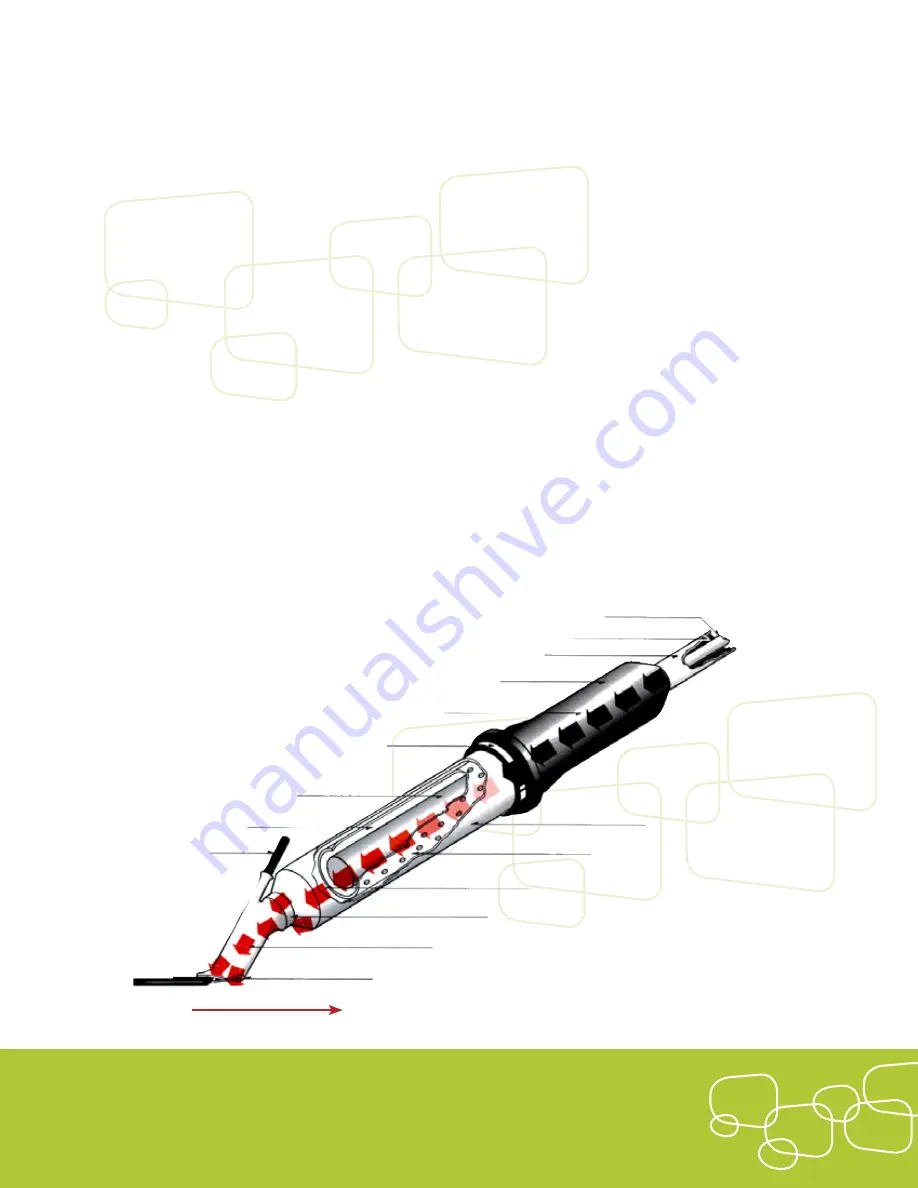
120 Volts AC
Compressed Air or Inert Gas
Air Hose
Air Cooled Handle
Cold Air
Spanner Nut
Stainless Steel Heating Element
Welding Rod
Heating Chamber
Direction
Preheat for Base Material
Welding Tip or Tool
Threaded Nozzle
Hot Air
Inner Barrel
Outer Barrel
3
TYPES OF KAMWELD PLASTIC WELDERS:
There are two basic types of Kamweld plastic welders. The
first operates on standard compressed air supply, available
in most shops, or on bottled inert gas. Models 41-HT, 42-TM,
43-HS and 44-A-W use compressed air. The second type
of welder is self-contained with a built-in air compressor.
Models 46-RW and 47-RW are self-contained units. Inert gas
CANNOT BE USED. These portable units are for use in the
field or in the shops, both indoors and outdoors.
WELDING TEMPERATURE:
Most thermoplastics are weldable between 572ºF and 752ºF
(300 ºC and 400 ºC) when hand welding, using the models
such as KR and KRL or hi-speed welding, using tips such as
the KS-1-8 or KS-2C. The temperature is closely controlled by
selecting the proper heating element and by changing the
amount of air or inert gas by flow.
Most thermoplastic materials such as PVC (Polyvinyl Chlo-
ride), PE (Polyethylene), PP (Polypropylene), PS (Polystyrene),
Acrylics, some blends of ABS (Acrylic-Butadiene, Styrene), PC
(Polycarbonates) and others can be welded. In welding PE
(Polyethylene) an inert gas (such as dry Nitrogen or Argon)
MUST be used. In most cases, it is not practical to weld mate-
rials any thinner than 1/8” thick, because of heat distortion.
In some cases, materials as thin as 1/18” can be welded if
supported underneath the joint while welding. Doing so will
prevent heat distortion.














